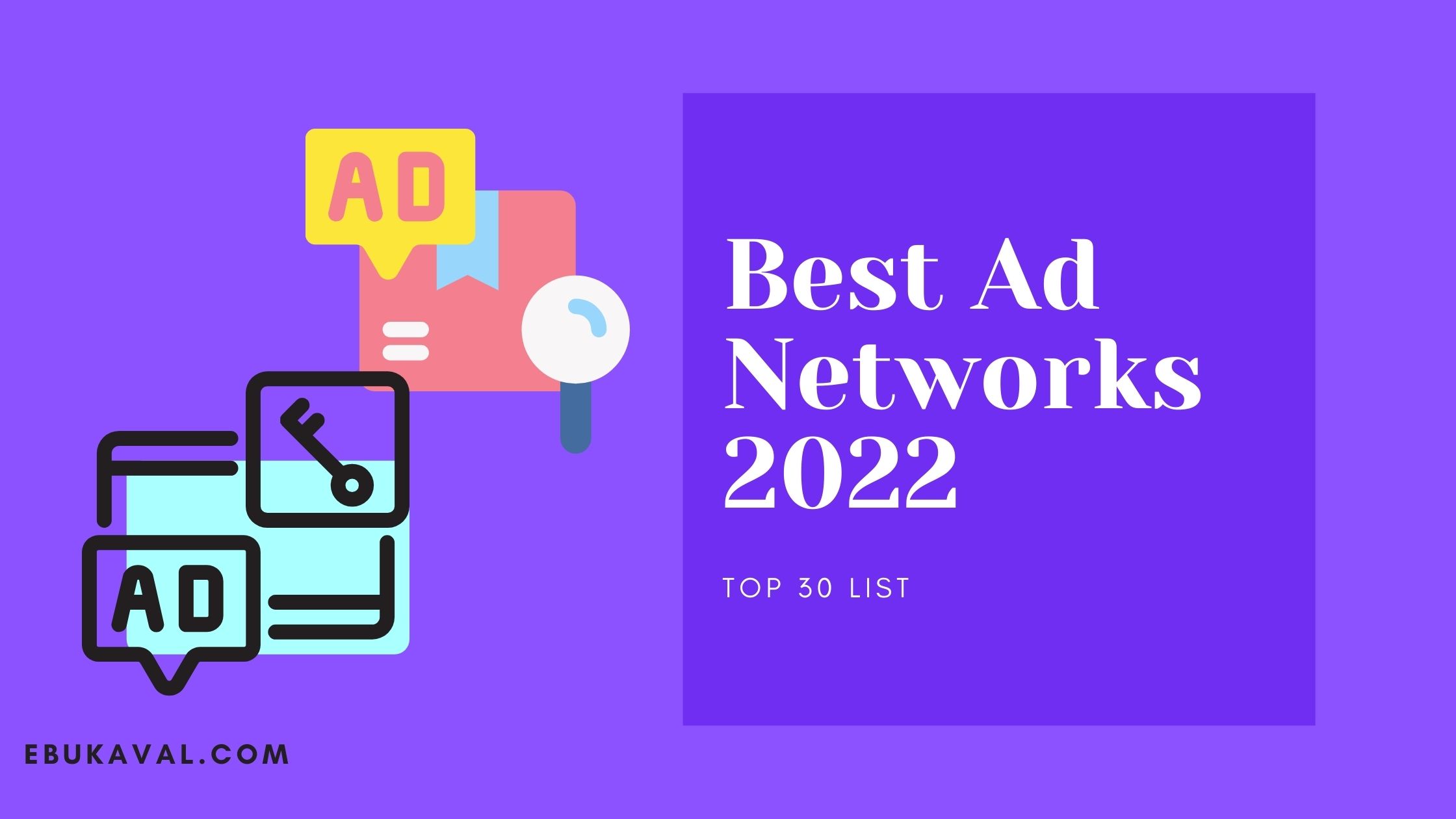
Business people are people too, so you should consider humor when writing B2B content. Humor is a great way of breaking the ice in business meetings, and to develop relationships with your target audience. While B2B content should have a lot of fun, you can still provide valuable content that solves business problems. For a successful B2B content marketing strategy, it must combine value and humor. These tips will help you get started. Include case studies in your content.
Case studies
B2B Content Marketing Case Studies are critical to the success and viability of your content. These examples can help your customers make the right decision about whether they want to buy a product/service. Authentic customer stories help you build trust and credibility. If you have a case study, people will be more likely to trust your brand than if they see a product or service demo. If you have a compelling case study, include a call to action. This could be a link that leads to a free trial, or a page about the product.
Personalized nurture journeys

Personalized nurture journeys in B2B content marketing campaigns can increase leads' lifetime worth by up to 40%. Prospects find form fills inaccessible and cumbersome, even though they were intended to generate leads. To overcome this problem, marketers can segment prospects based on their industry and topic interest, and create individual nurture streams for each. To ensure that prospects don't receive irrelevant content, it is crucial to create personalized nurture streams according to each prospect's stage.
Off-site media
Social media posts, white papers, case studies and videos are the most popular content formats for B2B marketing. B2B marketers focus on building audiences with these five media types and are most likely to create and distribute content that engages their audience. They may also use live webinars and in-person events. B2B marketers cannot overlook social media in content distribution, as the potential audience may not be aware.
Create content that solves your business challenges
Problem-solving content solves the customer's problem and increases engagement and loyalty. Whenever possible, you should include real-life examples and case studies in your content. Not only will this allow readers to relate to the content, it will also help you to learn about the preferred mediums of your target audience. Here are some examples of content that solves business problems.
Including human elements

It is crucial to include human elements in your B2B content market for conversion. To convert site visitors to leads, your content should be engaging. Site visitors can be enticed to take action by using incentives like lead magnets. Landing pages must be engaging with compelling imagery and storytelling. Here are some examples of content that engages audience members:
FAQ
How do you create compelling content?
You can create great content by writing about topics that are interesting to you. To be a successful writer, you must choose topics that are important to you. You need to discover what drives you and how that knowledge can be applied to helping others. Writing for yourself is one thing, but when you start writing for other people, you'll notice how much easier it becomes to produce quality content.
What platform is best for content marketing?
There are many options available today. Each platform has its own pros and cons. Here are some popular options:
-
WordPress - Simple to setup and manage. An amazing community of users.
-
Wix - Easier than WordPress to set up and maintain. It doesn't require any technical knowledge.
-
Squarespace – The best option for those who already own a website.
-
Blogger - Free blogging service.
-
Medium – A place for writers and artists to share their work.
-
Instagram - An image-based platform.
-
LinkedIn - A networking tool.
-
Facebook - A social network.
-
YouTube - Video sharing platform.
-
Pinterest - Image-based platform.
-
Google Analytics – Track visitor behaviors.
-
Hubspot - Email marketing software.
-
MailChimp, Email marketing software.
How to Use Blogging To Generate Leads For Your Business
Online leads are crucial to B2B companies' success. Yet, despite this fact, many businesses struggle to convert traffic into qualified leads. If this happens to you, there are five possible causes.
Reason 1: You are not optimizing your website - Even though you have a site, you aren't making any money. Blogging is a great method to attract new customers. However, unless your blog posts help your target audience solve problems, you will not be making money.
You can make sure your blog is profitable by optimizing it according to search engine guidelines. Also, ensure that it uses keywords people are searching. This will help increase your visitors' chances of finding your blog posts.
Once they've found your blog, you need to provide value by answering all their questions and offering solutions right away.
Keyword Toolbox is a good tool to help you find keywords. You can then add the keywords to your page title or meta description, as well as to your body text.
CTAs (calls to action) should be included throughout your blog. CTAs also encourage readers to take actions such as signing up or purchasing products.
These actions increase the chance of a sale, and they give you insight into which information users are interested.
You can learn how to start a successful blog by reading our guide.
Reason 2: You Don't Know What To Write About - Once You Begin Writing, You Will Find That The Ideas Come Quickly, But Then They Stop!
It takes time to build a reputation and establish yourself as an expert in your field. It is essential that you write about topics of interest to your potential clients in order to achieve this.
When writing, your goal is to answer the question "Why should I hire you?" When writing, keep your focus on solving problems.
This will help you stand apart from other businesses that are just trying to sell products.
Your blog must not only be useful to your prospects but also to them. So, think of ways you can use your expertise to educate others. For example, you could talk about the latest trends in your industry or share tips for saving money on home improvement projects.
You can include links to resources so that your viewers can find out more. These resources could include articles, videos, podcasts, and/or podcasts written by experts in the field.
Reason 3 - You don’t have clients and you don’t want them. All you need is more sales!
It takes time to build a successful business. It takes time to build trust with your target markets.
However, you don't need to spend hours creating content if you aren't ready to connect with potential clients. Instead, place ads on social media websites like Facebook and LinkedIn.
Make sure your ads are targeted at the ideal client to save money and avoid ineffective advertising. If you own a website design business, chances are you have many female clients.
So, instead of targeting all men, you could target women by location, age group, income level, and more.
After creating your ad on the internet, follow up with a message sent to potential customers.
You don't need to pay for each person who visits your site. Some sources of traffic are more lucrative than others.
A contest you could hold for new subscribers signing up via email would be one example. Or, you could offer gifts to people who join your mailing list.
It is important to be creative in attracting visitors to your site without spending too much.
Reason 4: You Can't Afford To Advertise - You Are Too Busy Running Your Business To Spend Time Advertising It - But That Doesn't Mean You Shouldn't Do It!
Your work should always be prioritized over your business. For instance, if you are too busy managing your business to market it, you will not be able to grow.
If you feel overwhelmed by the number of tasks you have to complete each day, you might not prioritize them correctly.
You can get organized by starting to organize. You can set aside an hour each week to review your work and plan what you should do during the rest.
You'll find it much easier to manage your other tasks when you start.
How can I measure success when using content marketing?
There are several ways to measure the effectiveness of your content marketing strategy.
One good measurement tool is Google Analytics. This tool can show you where your targeted traffic originates and what pages they visit the most often.
It also displays how long each visitor remains on your website before leaving.
This data can be used to improve content to attract people's interest and keep them engaged for longer durations.
You can also use these questions to gauge the success of content marketing efforts.
My email newsletters are providing value for my subscribers. How much of my entire mailing lists have become paid members? How many people have clicked through on my landing site? Are people who click through more likely to convert than others?
These are important metrics to monitor and track over time.
Another way to measure your content marketing success? Look at how often people share links to your content on social networks.
You should start now if you haven't. It could mean the difference between being seen and unseen in your industry!
What is strategic Content Marketing?
Content Marketing is about creating and sharing valuable content across multiple channels. It's all about giving people exactly what they want. This understanding is the key to success in business.
Strategic Content Marketing ensures you give them exactly what they need at the right time.
It is important to understand what people care about, and to listen to their thoughts. Next, you need to create high-quality content which answers their questions or solves their problems. This builds trust, loyalty, and ensures that you are always in their minds when they need your product/service.
Statistics
- Content marketing produces 3X more leads per dollar spent. Content marketing costs 62% less than traditional marketing. (criteo.com)
- To further show the importance of this, 89% of people have stopped doing business with a company because of a poor experience. (neilpatel.com)
- Forty-seven percent of buyers view 3 to 5 pieces of content before engaging with a sales representative. (mailchimp.com)
- We found that 40% of businesses don't have a documented strategy yet. (semrush.com)
- Seventy-two percent business to business (B2B) (mailchimp.com)
- This marketing strategy landed Ford a 15.4% conversion rate. (neilpatel.com)
- Progress indicators (0–100%) allow each team member to see how attainable each goal is and understand what remains to be accomplished. (semrush.com)
- According to our research, 65% of companies with very successful content marketing in 2021 ran content audits at least twice a year. (semrush.com)
External Links
How To
How can you create a content marketing strategy for your business?
The first step is understanding what kind of content you want to create for your clients. Once you have this information, you can start creating content. This may involve creating an editorial schedule and planning where these pieces will come. Content should always be purposeful. It doesn’t matter if you are writing blog posts, social updates, or any other content, they all have to accomplish a single goal.
Once you've decided on the type of content that you want to create, it's time to determine who your target audience is. So who are they interested in, and why would they care about whatever you're offering them?
Next comes the task of identifying your target audience and finding ways to communicate. You can connect with people through social media, but there are other options available, such as podcasts, videos, and webinars.
The next step after deciding how to communicate with your market is to decide what topics or types of content you want. Again, this goes back to determine why you're writing the content. What problem does this solve? Is it helpful? Do they think it will make their life easier?
You now know what content you like to write. Now it's time for you to decide what you want. So, do you want to share information on your industry? On current events? Which products and services are you most interested in? The answer to this question defines your focus.
After you've answered these questions, it's now time to combine all the pieces into one complete package.
Every piece of content that you create must be useful. You don’t want to waste anybody’s time or energy. So make sure that you include quality in every aspect of your content.
You must remember that a content marketing strategy of great quality has many parts.